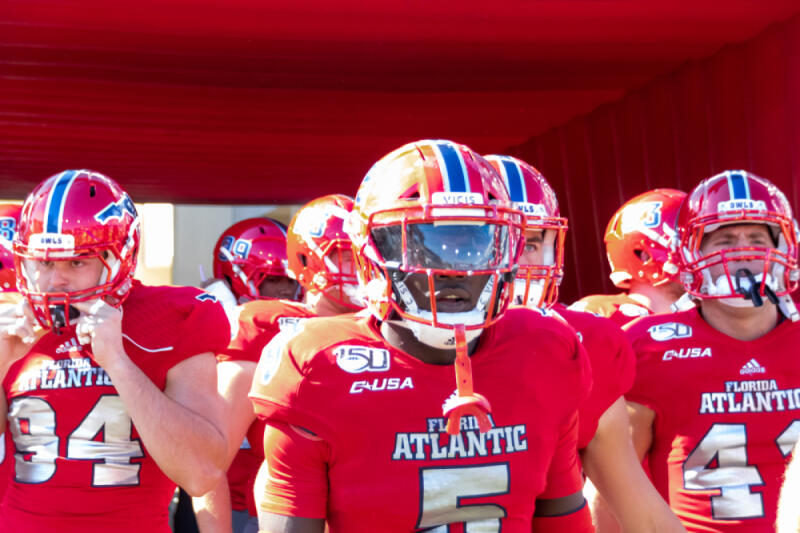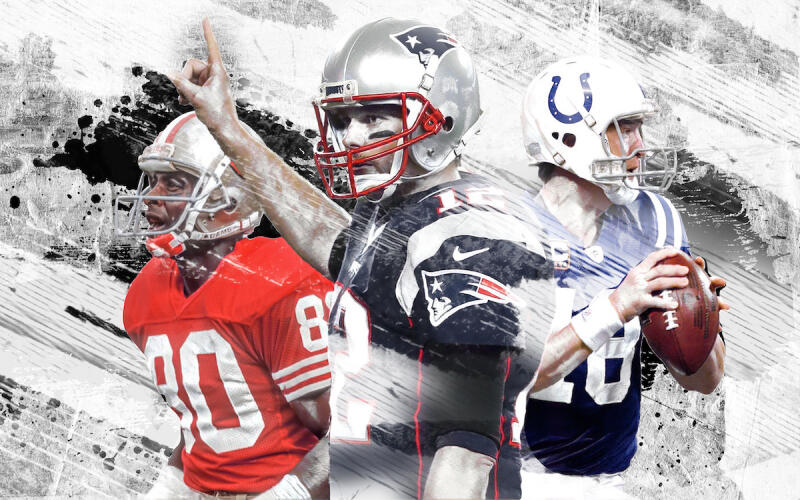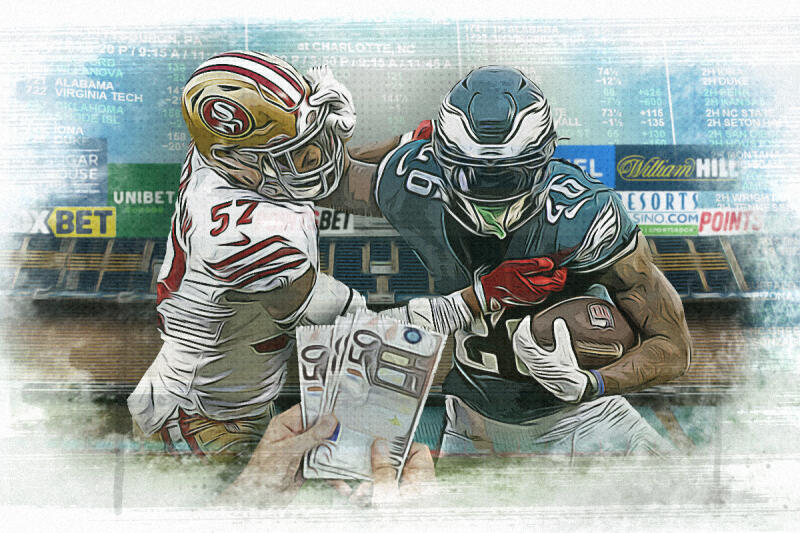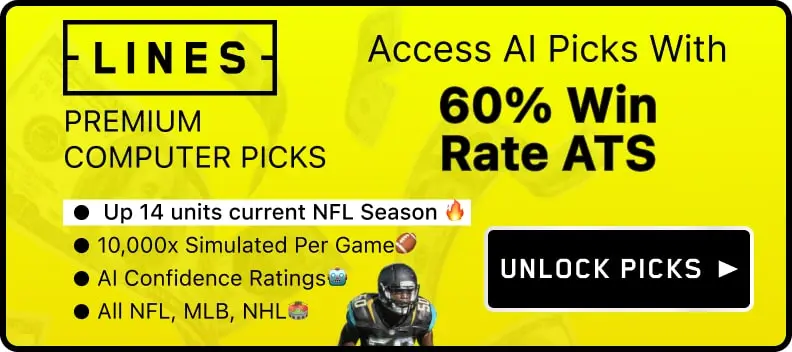Baseball cards are a keepsake for all baseball fans. They were first used to sell cigarette packs; the first set of baseball cards in the market were cigarette packaging inserts, which promoted the brand while also protecting the cigarettes from being crushed. Over time, the popularity of baseball cards grew, and many individuals began collecting them as a pastime.
In recent times, the number of people that purchase baseball cards as investments is growing. As more individuals buy more wholesale sports cards, the industry is equally booming. Collectors of sports cards no longer need to travel to swap meetings or trade shows as people may now easily buy baseball cards or discover other investors thanks to the internet.
As such, it is not surprising to find there are more sports card merchants and more sports cards sold consistently every year. In this article, we would discuss some of the all-time most valued baseball cards currently available in the market space today and their worth.
How Do You Know How Much a Baseball Card Is Worth?
Baseball cards are now a multibillion-dollar business for their owners as more people want to own them. However, some of these cards are of more value in the market than others. Some of the major factors with which you can determine the value of a baseball card are;
Players

Cards from the National Baseball Hall of Fame or prominent players who have won prizes (Gold Glove Awards, Triple Crowns, or American League Champions) are sometimes highly sought. For sentimental reasons, many still look for the standard player` cards. Cards of Hall of Famers and celebrities are usually valued more than cards of "ordinary" players.
The rookie card is also one of the most valued player cards. This is not surprising as fans have a strong desire to see their favorite athlete as a rookie. As such, the player on the baseball card goes a very long way in determining how valuable the card would be in the market.
Baseball cards issued prior to 1980 are extremely valuable due to their scarcity. Regular cards are more widely purchased than "high number" iconic cards released towards the end of the baseball season.
You can also find the "Short prints" cards, which are cards that are printed in a shorter amount of time for no purpose other than so that people can appreciate them. To learn about the worth and rarity of the cards you intend to sell, study the PSA, SGC, and Beckett grading systems. You can find out how uncommon a card is by looking at the PSA census and seeing how many levels there are for it.
Card Condition

Regardless of rarity or the player On a card, the condition of a card is one of the most essential variables in determining its worth. Baseball card collectors are looking for high-quality products to add to their collections. As a result, they're ready to spend more on higher-quality cards.
People frequently make decisions based on the card's corners, edges, centers, or surfaces. For most collectors, the most important consideration is centering. On the front side, a card is deemed well-centered if the centering ratio is no worse than 55/45 to 60/40 on the front and 75/25 on the reverse. You're also on the lookout for sharp corners. Ideally, they should be razor-sharp. Eye soars are round edges that show marks of heavy usage.
The backsides of most high-value cards are centered, the corners are crisp, and there are no print flaws. A card's visual appeal is greatly enhanced by neat, crisp edges. There are instances when you'll come across old cards that have been badly cut and don't have lovely crisp edges. For cards with known cut concerns, professional graders (and collectors) will make allowances. However, you want to see edges that are free of chipping and notches wherever feasible.
Other factors that influence the value of baseball cards include the year of manufacturing, version, and set sequence. Moving on, below are the baseball cards with the current highest market value as at now;
T206 WHITE BORDER HONUS WAGNER
The most current market price for T206 WHITE BORDER HONUS WAGNER is $6,606,296. With just 50 copies issued, the T206 Honus Wagner is the dream card of baseball cards. This card's value was said to have skyrocketed due to its limited release. Honus Wagner, the star of the Pittsburgh Pirates, pushed the card to the top of the most valuable baseball cards list.
Many consider him to be the greatest baseball player of all time. From 1899 until 1913, Wagner hit .300 or higher in 15 consecutive seasons. Wagner earned eight National League hitting championships during that period, leading the league in doubles seven times, stolen bases five times, and RBI four times. Wagner had 3,420 hits, 643 doubles, 1,739 runs, 1,732 RBI, and 723 stolen bases to go along with a .328 batting average when he retired after the 1917 season.
In 1936, Wagner was one of the first five players to be inducted into the Baseball Hall of Fame. Because the T206 Honus Wagner baseball card has such a high value, it is not uncommon to find fake copies of the card flying around. As such, it's important that you check the PSA (Professional Sports Authenticator) score to be sure. The greater the value, the better the card condition.
MICKEY MANTLE #311 TOPPS
This 1952 baseball card is currently valued at $5,200,000. Card 311 Mickey Mantle is one of the most valuable Topps baseball cards on the market which is also a predictor of trading card price change. Topps card first joined the sports card market in 1952, therefore this collection has a lot of value. Regular cards can also be purchased for $1000 if they are in immaculate condition. In 1952, Mantle was playing in his second Major League Baseball season.
At the age of 20, he became a superstar, ranking third in the American League MVP vote with a slash line of.311/.394/.530, 23 home runs, and 87 RBI. Because Sy Berger – the founder of modern baseball cards – tossed most of the cards into the water to free up room, #311 Mickey Mantle became one of the rarest cards as only a few of the cards remain on the market today.
M101-5 AND M101-4 SPORTING NEWS BABE RUTH ROOKIE CARD
This baseball card is set at $1,350,000. The 1916 Babe Ruth card is next on the list of the most valuable baseball cards in history. Understandably, a renowned rookie card would command such a high premium. This card depicts Ruth as a young man in his Boston Red Sox outfit before participating in the New York Yankees. Ruth moved to the outfield after three successful seasons as a pitcher in Boston, when he won 65 games and was largely regarded as the game's finest left-handed pitcher from 1915 to 1917. He led the American League in home runs with 11 in 1918 and hit a record 29 in 1919.
The Red Sox sold Ruth to the Yankees prior to the 1920 season, sowing the seeds of a dynasty. Ruth went on to captivate the nation's attention with 54 home runs in 1920 and 59 more in 1921. Babe Ruth's 1914 Baltimore News card has long been prized by collectors, not only because of the historical significance of the card but also because of its scarcity: There are just about ten cards known to exist.
TY COBB TOBACCO T206 (TY COBB BACK)
The amount of marketing on the back of the T206 set is one of the reasons it became so popular. There are 16 distinct styles of backs available. there are a total of 5,500 models available when the front and back of the card are combined.
Only about 22 cards have been discovered thus far. The T206 Ty Cobb card, which has a PSA grade of only 4.5, is estimated to be worth $1 million. Because the card is so valuable, it is not uncommon to find counterfeits of it everywhere. Because these cards are extremely rare, your odds of coming across a genuine copy are limited to none.
The advertisement back can also be seen on other imitation T206 cards with various fronts. If you see a Ty Cobb-endorsed card and are unsure about its validity, know that the odds are stacked against you. There are probably more legitimate copies out there that aren't known to the enthusiast. Finding one, on the other hand, is quite tough.
BABE RUTH PRE-ROOKIE CARD #9 BALTIMORE NEWS
Listed at $925,000 (PSA 4 VG-EX), the year of production of this card is 1914. There are only 10 pieces of Star Babe Ruth's "pre rookie" card in existence, making it extremely expensive. There are two variations of these valuable baseball cards, one with a blue border and the other with a red border. Ruth signed a minor league deal with the Baltimore Orioles' Jack Dunn in early 1914. Before joining the Red Sox, this was the start of his career. Despite the fact that these cards aren't high-grade, their estimated value is in the six figures.
EDDIE PLANK T206 WHITE BORDER
The current value of this card is $850,000 (PSA 8 NM-MT). According to legend, the card's rarity derives from low-quality printing, which resulted in wholesale devastation. The Eddie Plank card is the second face in the T206 deck to gain attention. It's also the only time one of baseball's most dominant pitchers has been inducted into the Hall of Fame. T206 Eddie Plank was a maestro of off-speed pitches and one of baseball's best left-handed pitchers. Plank finished his career with 327 victories, and he held the record for most wins by a left-handed pitcher until Warren Spahn surpassed it in the early 1960s, approximately 50 years later.
Plank has won 20 games or more eight times, and he still holds the title for most scores by a lefty with 69. Another plus fact is that Plank entered the league at the age of 26, a late start for someone with such good overall stats. In 1946, Plank was inducted into the Hall of Fame.
BOWMAN #253 MICKEY MANTLE ROOKIE CARD

$700,000 is the asking price of this 1951 baseball (PSA 9 Mint) card. After his 1952 Topps cards, Mickey Mantle is back on this list. The striking visuals on this rookie card have piqued the interest of many collectors; Mantle holding a bat in his hand is an image that excites a lot of collectors.
Unfortunately, the card's quality isn't that good, irrespective, owning this rookie card with a high PSA value will get you a substantial sum of money.
T206 SHERRY MAGIE ERROR CARD WITH WHITE BORDER
The cost for the card is $660,000. (PSA 8 NM-MT). Printing faults sometimes arise on baseball cards throughout the manufacturing process. "Error cards" are cards that have been issued with that error.
Typically, the maker will recall them swiftly to rectify the problem. As a result, there aren't many different types of error cards on the market and collectors are ready to pay a premium for both the pre-and post-edited versions of this card.
A good example is the T206 Sherry Magie error card. Along with the Honus Wagner and Eddie Plank cards, this is one of the three major rarities in the T206 baseball set. It's also the most known error card in the industry. During the Dead Ball Era, Sherry Magee was a great big leaguer, concluding his 16-year career with a.291 hitting average and 1,176 RBI. His good work isn't what makes this card so appealing. Magee's name was misspelled as "Magie" at first but was immediately fixed, with the rectified version being printed in far greater quantities than the original error, making the error card more valuable. Although there is some controversy about whether or not this card is necessary to complete the T206 set, most enthusiasts believe it is.
E90-1 JOE JACKSON ROOKIE CARD AMERICAN CARAMEL

This card is listed at $600,000 (PSA 8 NM-MT). Joe Jackson started playing baseball at the age of 13 with the Brandon Mill baseball team in his birthplace of South Carolina. Jackson was obvious from a young age that he was one of a kind. Jackson spent most of the 1909 season with the Savannah, Georgia-based South Atlantic League squad, where he batted.358. Jackson was transferred to the Cleveland Naps for Bris Lord after the 1909 season, and the rest is history. This important rookie card depicts a youthful Jackson as a member of the Philadelphia Athletics on the verge of immortality. The bold likeness is nicely placed on the card, which shows little corner wear.
Joe Jackson's entire career would have been better if he could have made it to the 1919 World Series when it was at its zenith. Allegations of involvement in the Black Sox Scandal nearly wrecked this player's career. As a result of that occurrence, this Joe Jackson rookie card is very uncommon, with just a few copies available. An iconic rarity that has long been considered the scarcest card in the E90-1 series, as well as one of just a few Jackson cards printed during his playing days: EX SGC 50.
T210 Old MILL JOE JACKSON

(PSA 3.5 VG+) The price is $600,000. One of the most diverse decks is the T210 Old Mill as it features a number of smaller players who you may not be familiar with. One of the well-known names is Joe Jackson. Jackson appears in the collection as a member of the New Orleans Pelicans, a Southern Association team for which he played between his big league debut with the Philadelphia Athletics in 1908 and his late 1910 move to the Cleveland Naps (now Indians). Jackson batted .354 in 136 games with the Hornets in 1910. This predicted his .408 hitting average with the Naps in 1911 when he placed second in the batting race to Ty Cobb's.419 mark.
The Jackson card is incredibly difficult to come by. PSA has only evaluated nine, with the highest rating being a qualifier that receives a 5. The next highest card is a 3 in the deck. SGC has graded eight of them, with the best grade being 4.5. Foster's card was authenticated, and it received a 3.5.
Conclusion
If you appreciate baseball and other sports, you will enjoy learning how to improve the value of your collection. Different circumstances can influence the value of your collection, but baseball cards are still worthwhile to acquire regardless. Because you already know about the player's achievements, vintage cards might be valuable.
There are also a variety of grading agencies, and the company that evaluated the card can have an impact on its worth. Cards are graded on a scale of one to ten. PSA is currently the most regarded and appreciated grader, therefore cards graded by them may be more valuable. You may also buy cards "raw," which means they haven't been graded yet. You may be able to save money as a result of this. A baseball card's value can skyrocket by having it graded after it's been acquired.
Baseball card investment has a bright future. Yes, it will take time for your investment in baseball cards to pay off, but now is a perfect moment to get started. Baseball cards are valued not just because they are collectible, but also because they transport us to a happier moment in our lives, making card collecting worthwhile on many levels.
Our editorial content strives to be highly informative and educational to our audience, especially for visitors who are new or relatively new to analyzing and predicting sporting event results. All of our content is created by informed writers with backgrounds in their subject area and reviewed for omissions or mistakes.
Our editorial team is run by individuals with many years of experience in digital publishing, editorial, and content production. Our editorial content is always marked clearly in any instances where it may be sponsored by a third party, though it is still reviewed by our staff to ensure it remains consistent with our company mission.
- Popular
- Latest





